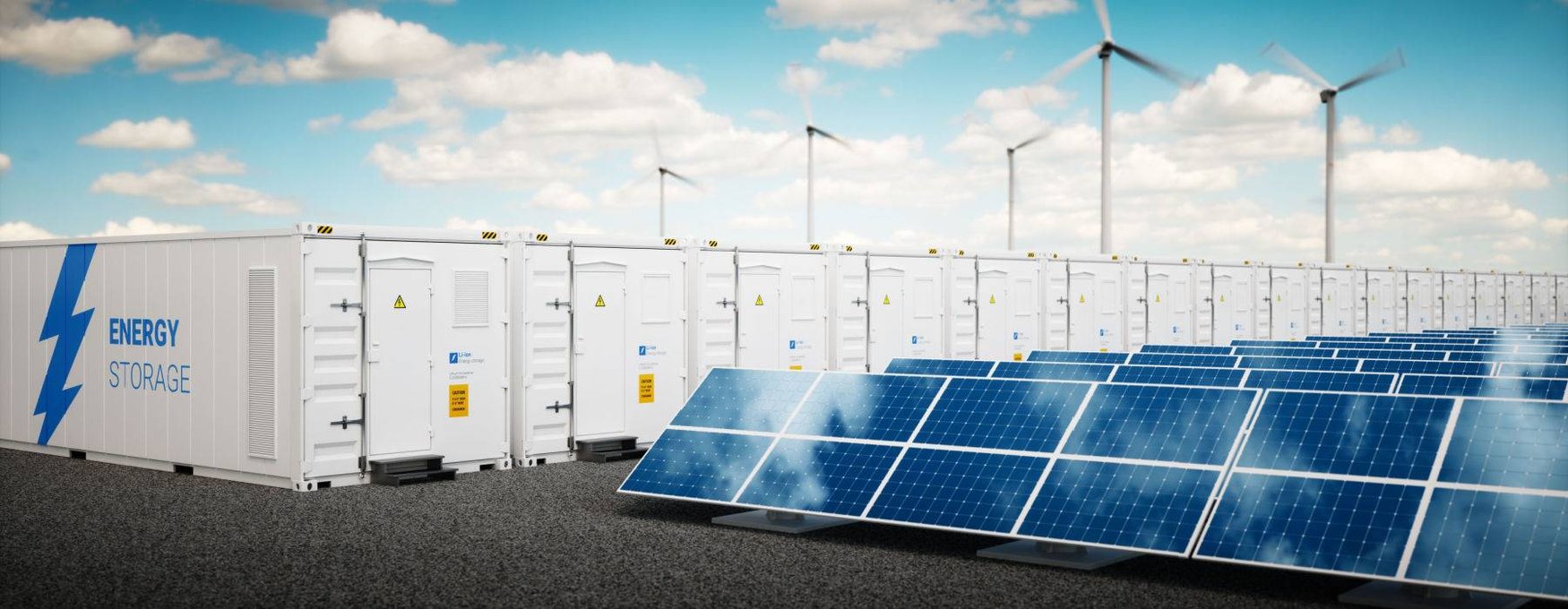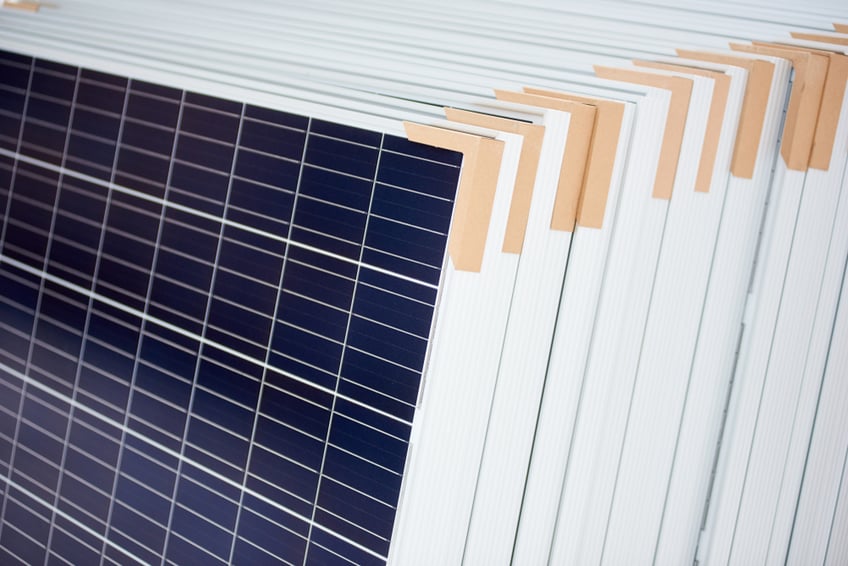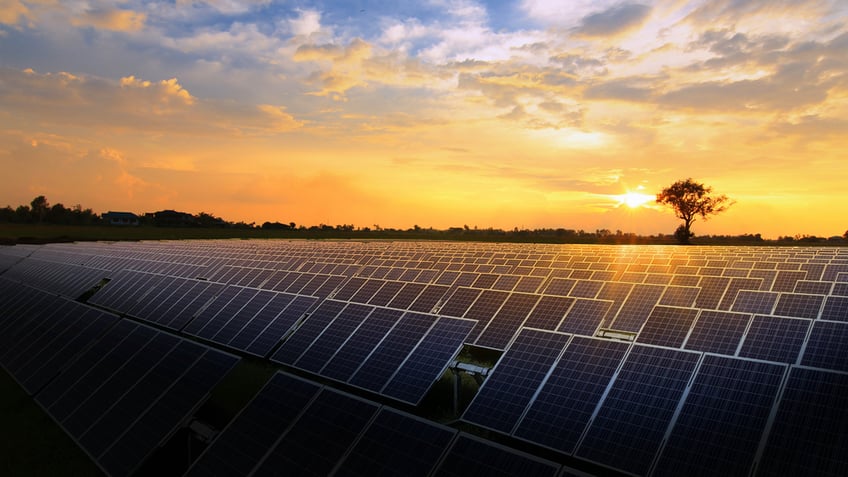Solar PV and Batteries Will Reach 71% of New US Generation in 2023

Recent data published by the US Energy Information Administration shows a favorable outlook for solar power and battery storage in 2023. In terms of megawatts installed, solar PV will represent 54% of capacity additions, while battery systems will account for 17%. Together these two technologies will add 38.5 GW, representing 71% of planned capacity for 2023.
- The US will install 29.1 GW of utility-scale solar capacity in 2023, which is 117% higher than the previous record: 13.4 GW in 2021.
- The solar PV capacity that will be brought online in 2023 is enough to power over five million American homes.
- Natural gas and wind power are in 3rd and 4th place, respectively, with planned additions of 7.5 GW and 6.0 GW.
While solar PV and battery storage will dominate capacity additions, coal and natural gas will represent 98% of retirements. The US will decommission 15.6 GW in 2023, which includes 8.9 GW of coal power and 6.2 GW of natural gas power. Most of the power plants being retired are around 40-50 years old, and they use inefficient and outdated designs. Although the US is adding 7.5 GW of gas-fired power plants, 83% of them will use the more efficient combined-cycle technology.
Get a solar PV + battery storage design for your building and save on electricity bills.
2022 Was a Challenging Year for the US Solar Industry

The US solar industry suffered a slowdown in 2022, where grid-scale installations declined by 22% compared with 2021. This can be attributed in great part due to supply chain issues and uncertainty related to import tariffs. Early in 2022, an investigation related to import tariff circumvention in southeast Asia caused uncertainty among US solar developers. They were expecting new anti-dumping and countervailing duties (AD/CVD) of up to 250%, which could be retroactive in some cases.
The US Department of Commerce decided not to apply new tariffs for 24 months, giving the solar industry some breathing room. However, developers were then dealing with the Uyghur Forced Labor Prevention Act (UFLPA), which required them to demonstrate that no forced labor was involved in their supply chains. Compliance has been especially challenging, since the quartzite sources used to produce polysilicon are especially difficult to track.
High inflation was also a challenge for the US solar industry in 2022. Between Q3 2021 and Q3 2021, the average price of utility-scale solar systems increased from $0.86 to $0.91 per watt of capacity (5.8%). For a 10-MW solar array, this is equivalent to a cost increase of $500,000.
US Solar Industry Outlook in 2023

Texas and California have taken the lead in grid-scale solar installations. They have been the two largest solar markets since 2020, followed by Florida.
- Texas will install 7.7 GW of solar generation in 2023, which represents over 26% of nationwide growth.
- California will install 4.2 GW, representing over 14% of nationwide growth.
Together these two states will account for 41% of grid-scale solar installations in 2023, with a combined capacity addition of 11.9 GW.
There is also a promising outlook for energy storage projects. The US is expected to double its battery capacity before the end of 2023, adding 9.4 GW to the existing 8.8 GW. Large-scale battery storage achieves synergy with wind and solar farms, allowing them to operate as dispatchable electricity sources. Texas and California have also taken the lead in battery installations, and they will account for 71% of capacity additions in 2023.
The Inflation Reduction Act represents a major incentive for solar and battery storage projects. Both technologies now qualify for a 30% Investment Tax Credit, and battery projects now qualify in stand-alone applications. Previously, energy storage would only qualify when paired with onsite solar generation, which limited the number of eligible projects.
While the solar industry is accelerating, wind power projects are slowing down. Although the US will install 6.0 GW of wind capacity in 2023, this represents a drop from 2020 and 2021, where capacity additions surpassed 14 GW per year.

Michael Tobias
Michael Tobias, the Founding Principal of NY Engineers, currently leads a team of 50+ MEP/FP engineers and has led over 1,000 projects in the US
Join 15,000+ Fellow Architects and Contractors
Get expert engineering tips straight to your inbox. Subscribe to the NY Engineers Blog below.



